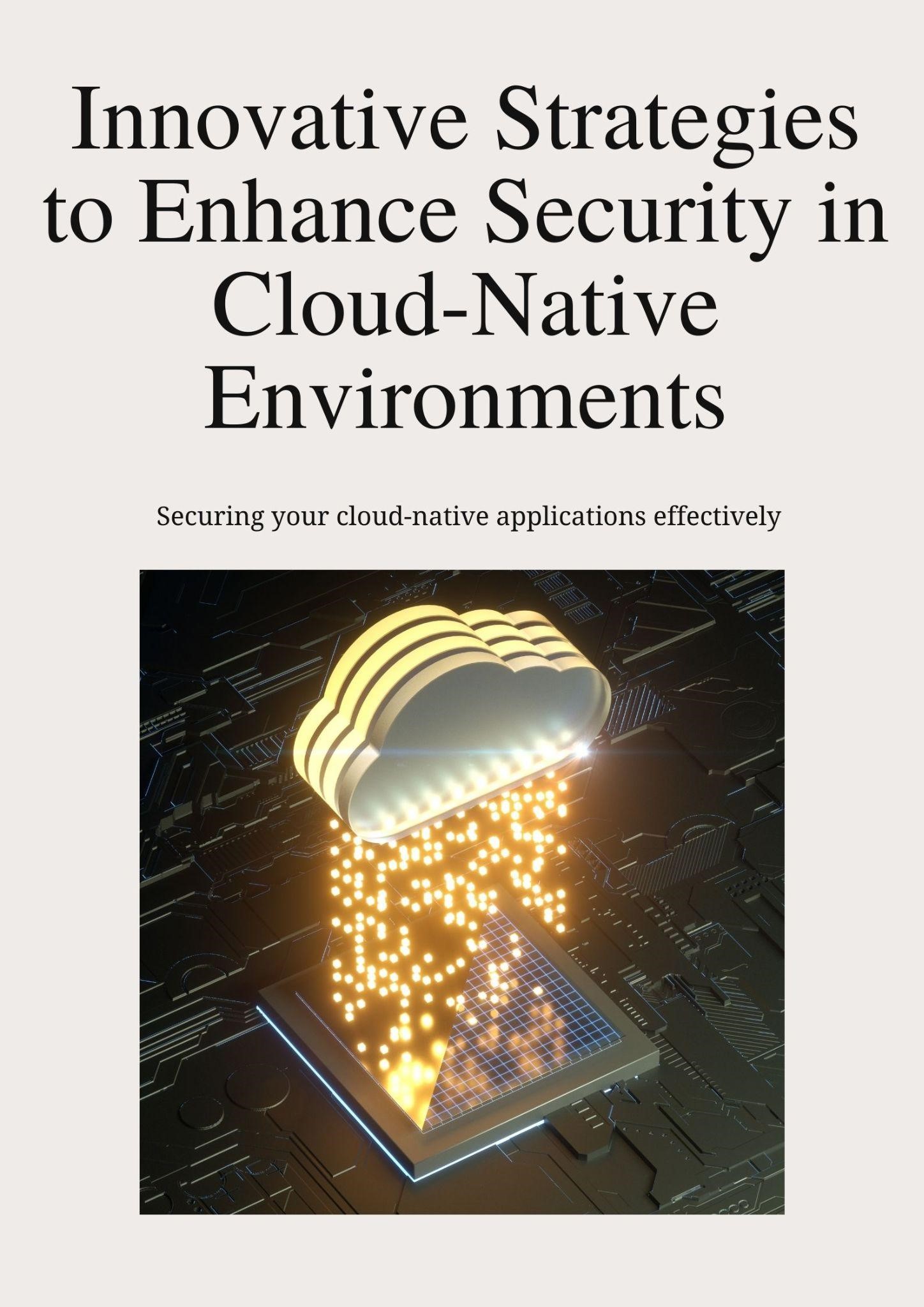Innovative Strategies to Enhance Security in Cloud-Native Environments
Embracing “never trust, always verify” in modern cybersecurity
In the ever-evolving landscape of cloud computing and modern software architectures, traditional security models are struggling to keep pace with emerging threats. Zero Trust Architecture (ZTA) offers a robust framework tailored for contemporary cloud-native environments. Ravindra Karanam explores ZTA in DevSecOps workflows, providing strategies to bolster security measures. With a focus on continuous authentication and adaptive security, ZTA transcends the limitations of perimeter-based security.
Understanding the Shift to Zero Trust Architecture
Zero Trust Architecture operates on the principle of “never trust, always verify,” contrasting the conventional “trust inside, distrust outside” model. As network perimeters become increasingly fluid, ZTA assumes every entity poses a potential threat. The model’s core components—Identity and Access Management (IAM), Multi-Factor Authentication (MFA), micro-segmentation, and continuous monitoring—work synergistically to provide a granular, context-aware security posture.
This paradigm shift in cybersecurity focuses on continuous verification rather than one-time authentication. ZTA treats each access request as if it originates from an untrusted network, enforcing stringent security controls. This approach is particularly relevant in cloud-native contexts, where dynamic workloads and distributed systems require a more adaptable security framework.
Integrating ZTA with DevSecOps
DevSecOps merges security into the DevOps workflow, emphasizing automation and collaboration. ZTA principles naturally align with DevSecOps practices, promoting a security-first approach throughout the software development lifecycle. By integrating ZTA into DevSecOps workflows, organizations ensure consistent security controls from development to production, enhancing security posture and facilitating agile development.
In cloud-native environments, ZTA’s ability to secure complex interactions between microservices, APIs, and data stores aligns perfectly with continuous integration and delivery principles. By shifting security considerations left—addressing them early in development—ZTA creates a more resilient and secure software ecosystem.
Navigating Common Challenges in Implementing ZTA
Karanam highlights several challenges in implementing Zero Trust Architecture within DevSecOps. These include managing expanded attack surfaces in cloud environments, complex identity management, securing multi-cloud resources, handling dynamic workloads, implementing advanced authentication systems, and overcoming organizational resistance. These obstacles require careful consideration and strategic approaches to ensure successful ZTA adoption in modern cybersecurity frameworks.
Best Practices for ZTA Implementation in DevSecOps
Addressing key challenges for Implementing Zero Trust Architecture in DevSecOps:
- Managing expanded attack surfaces in cloud environments.
- Handling complex identity management for both human and non-human entities.
Adapting ZTA for modern environments:
- Securing resources across multi-cloud and hybrid infrastructures.
- Ensuring flexible, consistent security policies for dynamic workloads and microservices.
Enhancing identity and access management:
- Implementing advanced systems for robust authentication and authorization.
Overcoming organizational resistance:
- Facilitating cultural shift through comprehensive training and clear communication.
- Demonstrating ZTA’s value in improving overall security posture.
Ensuring successful ZTA implementation:
- Adopting continuous verification and robust security controls.
- Integrating security practices throughout the DevSecOps workflow.
- When effectively implemented, ZTA provides a resilient security framework tailored for modern cloud-native environments.
Continuous Learning and Adaptability
In the face of an ever-evolving threat landscape, continuous learning and adaptability are critical to maintaining an effective Zero Trust Architecture (ZTA) implementation. DevSecOps teams must proactively stay updated on new threats, vulnerabilities, and advancements in security technologies. Actively participating in industry forums, reading security blogs, and attending conferences helps foster knowledge-sharing and collaboration. Engaging with security communities also enables teams to gain insights from peers, share best practices, and stay ahead of the latest security trends, ensuring robust and resilient ZTA defenses.
Future Directions and Emerging Trends
The integration of Artificial Intelligence (AI) and Machine Learning (ML) into Zero Trust Architecture (ZTA) solutions is poised to significantly improve cybersecurity by enhancing threat detection capabilities and automating policy enforcement in real time. These technologies will allow ZTA systems to continuously learn and adapt to new threats, making them more proactive and resilient. The rise of edge computing and 5G networks adds complexity, as ZTA models must evolve to secure data in decentralized, high-performance environments, ensuring seamless security across distributed networks and devices.
In conclusion, Ravindra Karanam’s exploration of Zero Trust Architecture within DevSecOps workflows illustrates the necessity of a paradigm shift in cloud-native security. By embracing principles such as continuous monitoring, identity-based access controls, and micro-segmentation, ZTA offers a resilient framework for modern distributed systems. As organizations navigate digital transformation, ZTA provides a flexible, adaptive approach to security. The future integration of AI and machine learning will further enhance ZTA’s capabilities, ensuring robust protection in an increasingly digital world.

